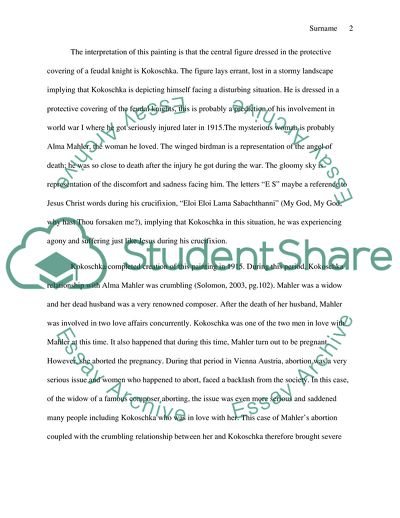Cite this document
(Knight Errant by Oskar Kokoschka Report Example | Topics and Well Written Essays - 1500 words, n.d.)
Knight Errant by Oskar Kokoschka Report Example | Topics and Well Written Essays - 1500 words. https://studentshare.org/visual-arts-film-studies/1830683-oskar-kokoschka-knight-errant
Knight Errant by Oskar Kokoschka Report Example | Topics and Well Written Essays - 1500 words. https://studentshare.org/visual-arts-film-studies/1830683-oskar-kokoschka-knight-errant
(Knight Errant by Oskar Kokoschka Report Example | Topics and Well Written Essays - 1500 Words)
Knight Errant by Oskar Kokoschka Report Example | Topics and Well Written Essays - 1500 Words. https://studentshare.org/visual-arts-film-studies/1830683-oskar-kokoschka-knight-errant.
Knight Errant by Oskar Kokoschka Report Example | Topics and Well Written Essays - 1500 Words. https://studentshare.org/visual-arts-film-studies/1830683-oskar-kokoschka-knight-errant.
“Knight Errant by Oskar Kokoschka Report Example | Topics and Well Written Essays - 1500 Words”. https://studentshare.org/visual-arts-film-studies/1830683-oskar-kokoschka-knight-errant.


